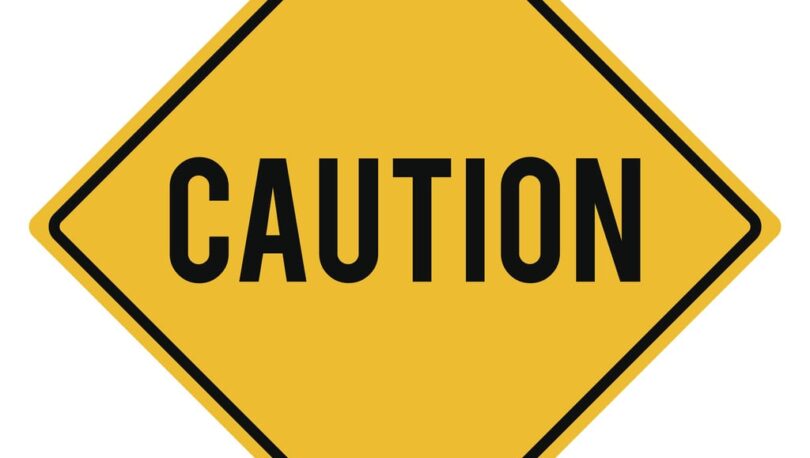It’s no secret that Microsoft is over Windows 7 and 8 (https://support.microsoft.com/en-us/help/13853/windows-lifecycle-fact-sheet). OEMs (original equipment manufacturers) can no longer install and sell the popular operating systems and Microsoft itself stopped selling the retail versions long ago.
Another development in this story has been Microsoft’s decision to force a Windows 10-like update process on Windows 7 and 8 users, where users have little or no flexibility in choosing which patches they want to apply. The first wave affected customers in October 2016. Those still looking to run their existing Windows 7 or 8 machines and/or utilize their volume licensing agreement to ‘downgrade’ the Windows 10 license and install/run these products will have a new challenge to contend with moving forward.
We’ll see how this affects consumers in the long term, but recent updates aren’t assuaging any concerns. A few weeks ago, Microsoft pushed out the “Microsoft – WPD – 2/22/2016” which installed an outdated driver to Windows users. The update caused some users to lose access to their connected phones and portable devices. Fortunately, it was an optional update for Windows 7 and 8.1 users. Those that did install it could roll their systems back to a previous restore point. But, for Windows 10 users, the update was automatic and the “roll back” option simply doesn’t exist.
This illustrates why many Windows 7 and 8 customers are disenchanted about heading down the “Windows 10-like update experience” path. Ultimately, they are at the mercy of whether or not Microsoft can get it 100% right on every update. And, as of right now, that’s a risk many are unwilling to take.
